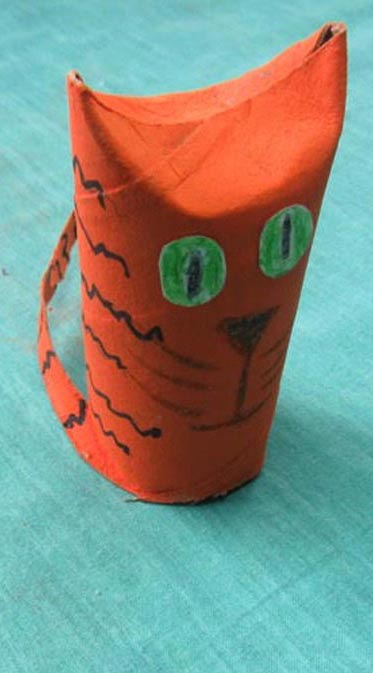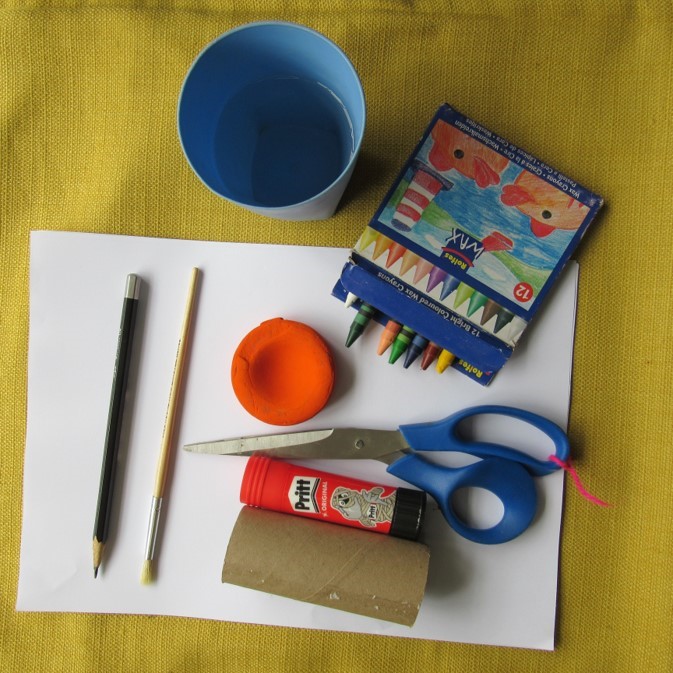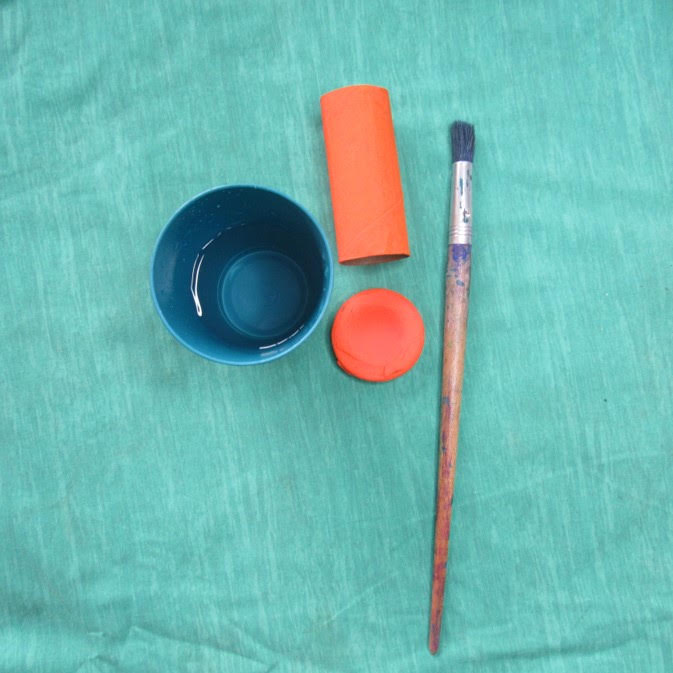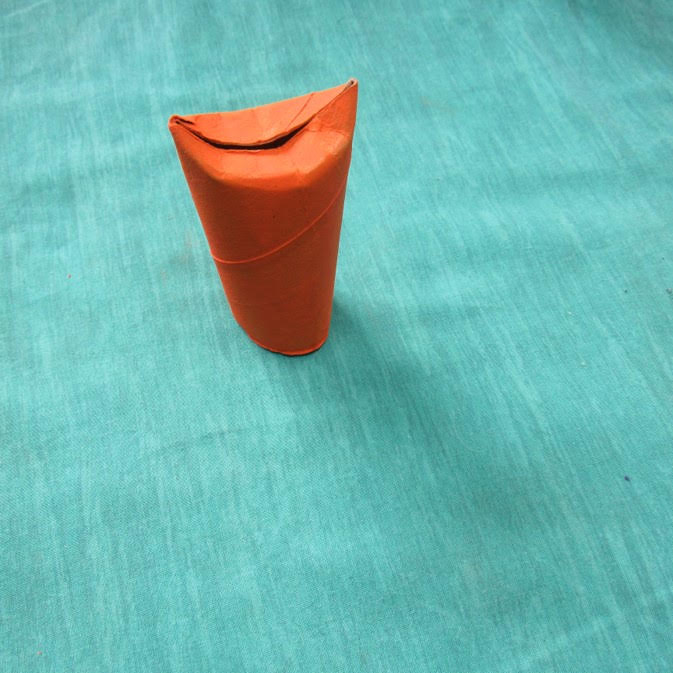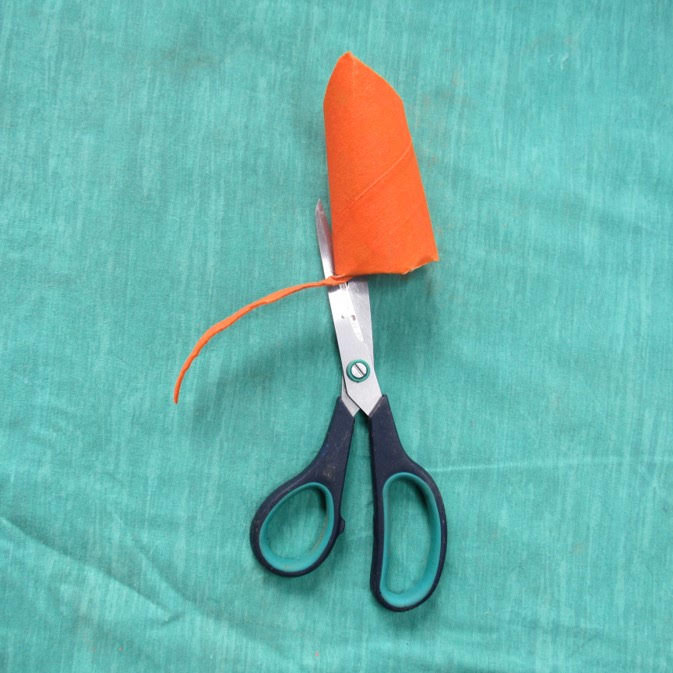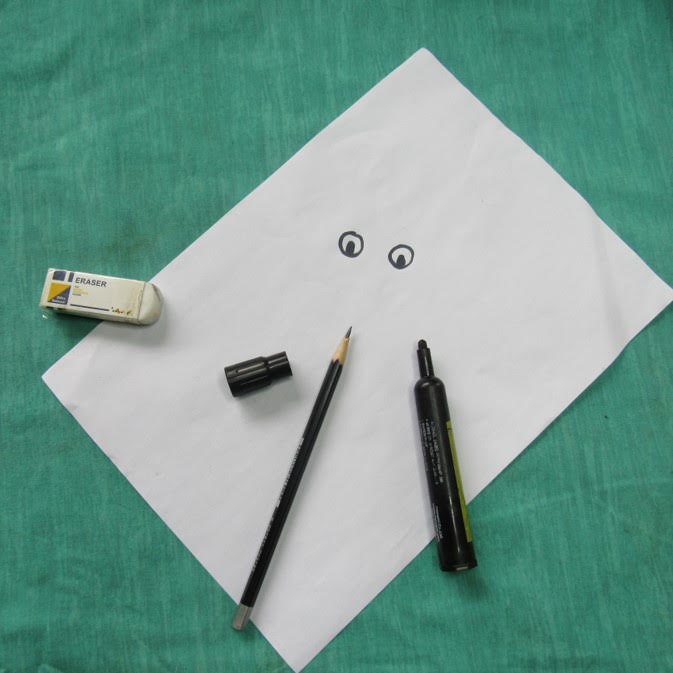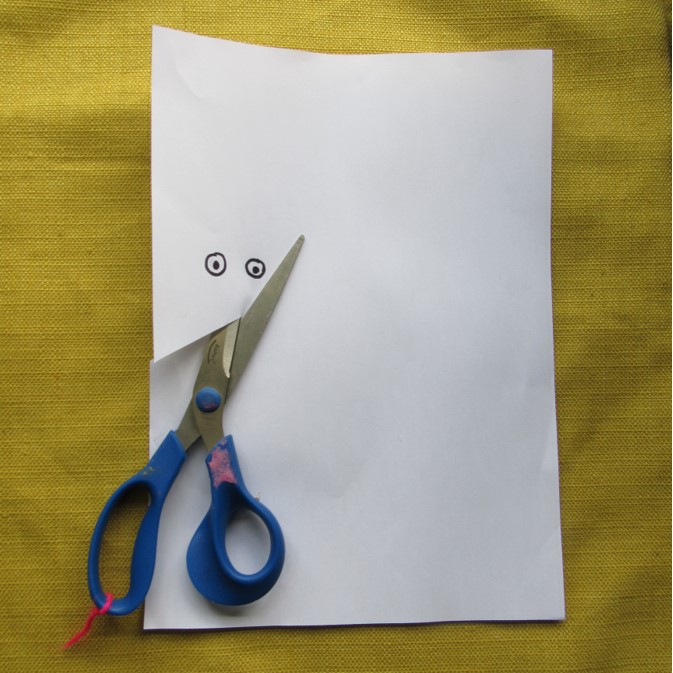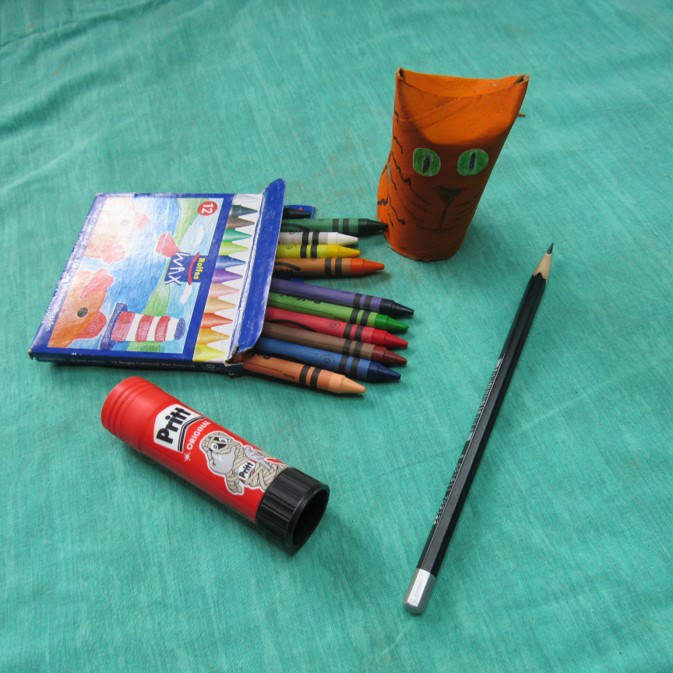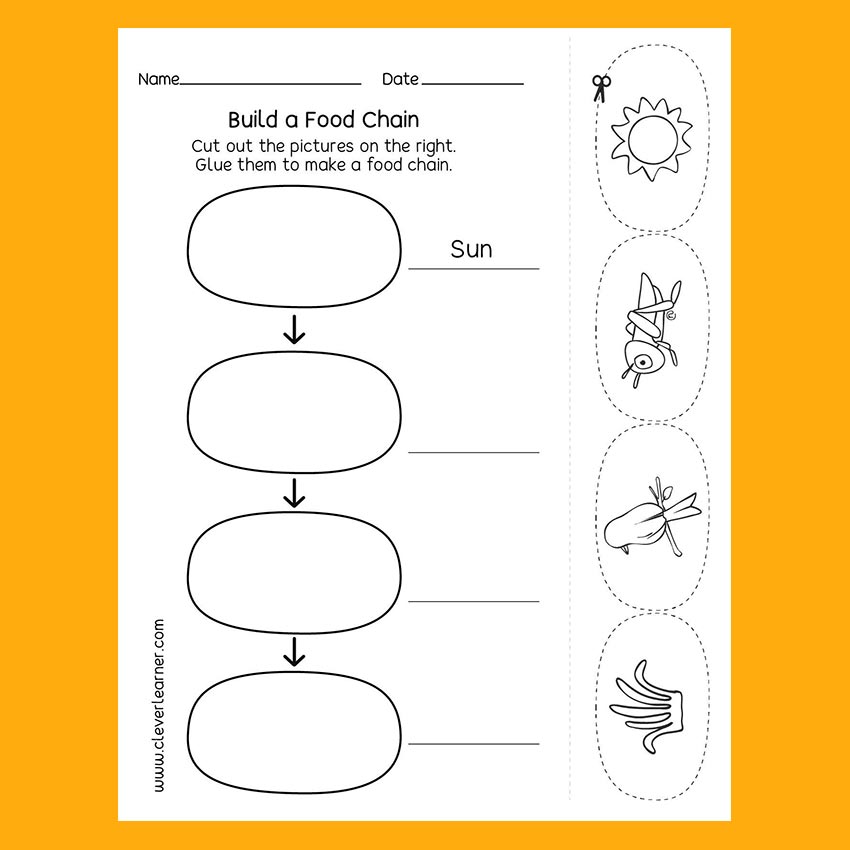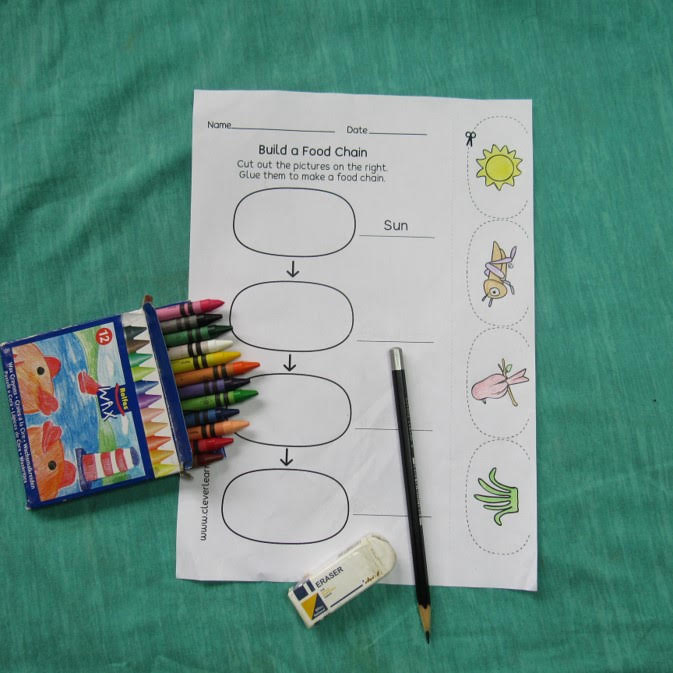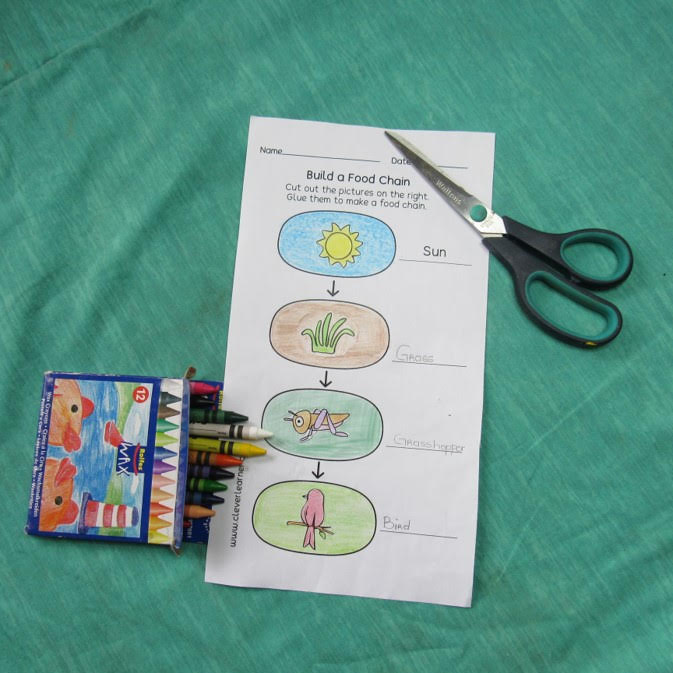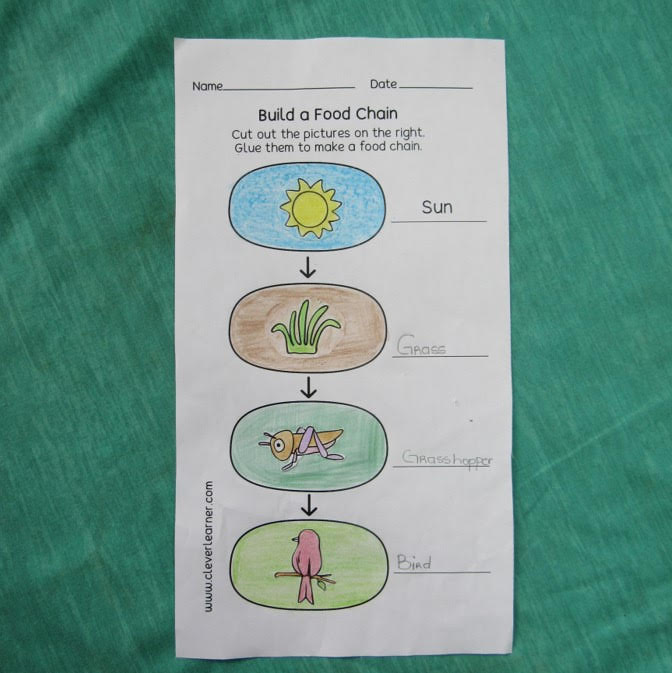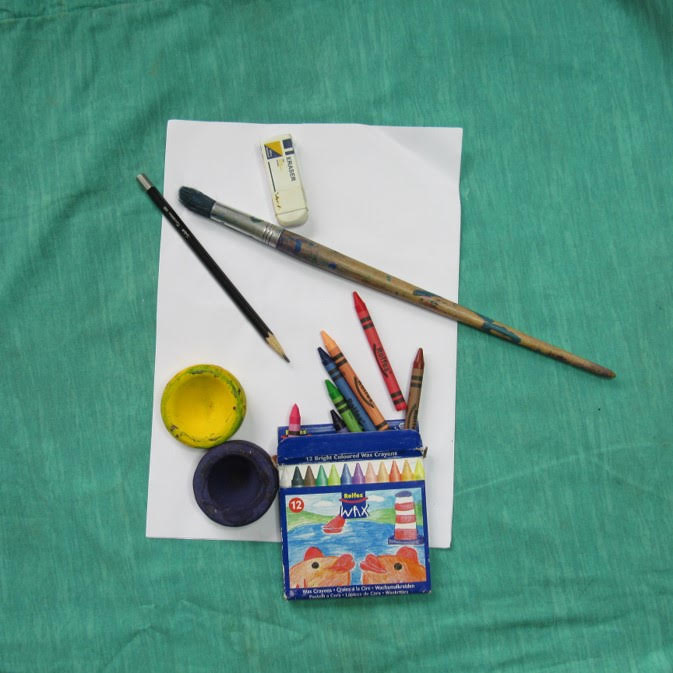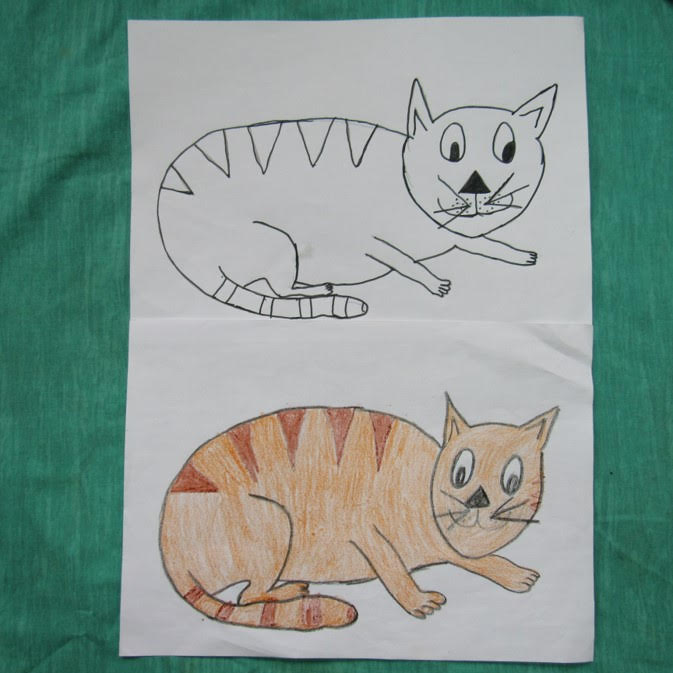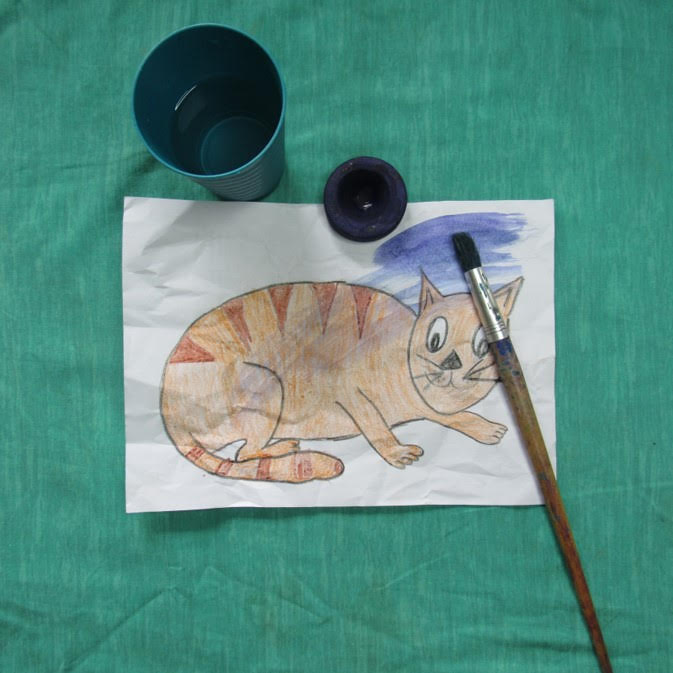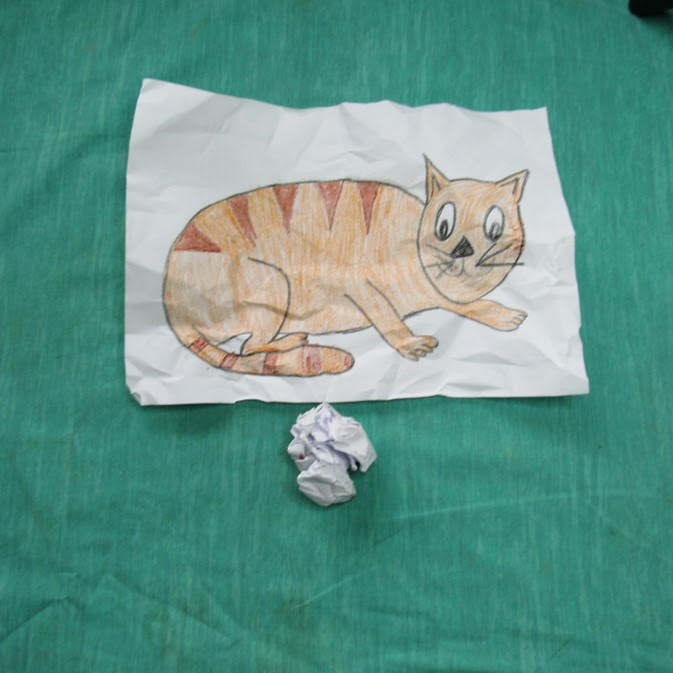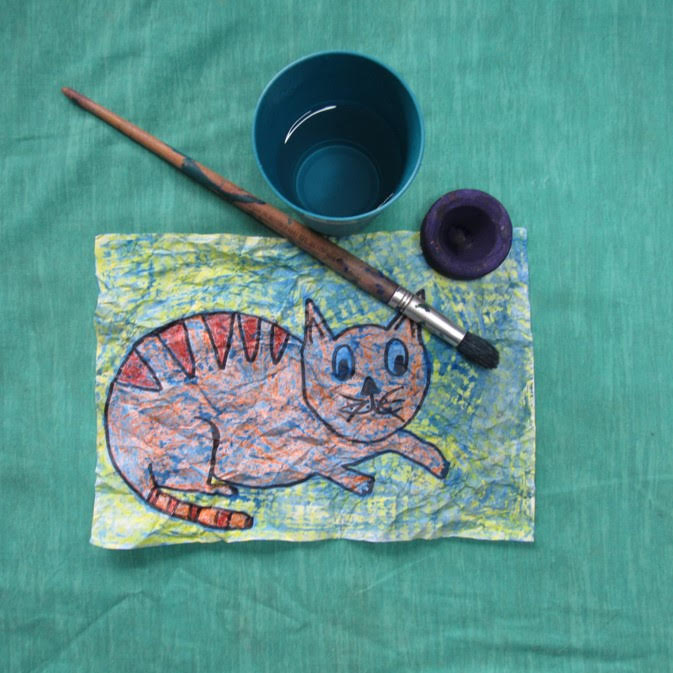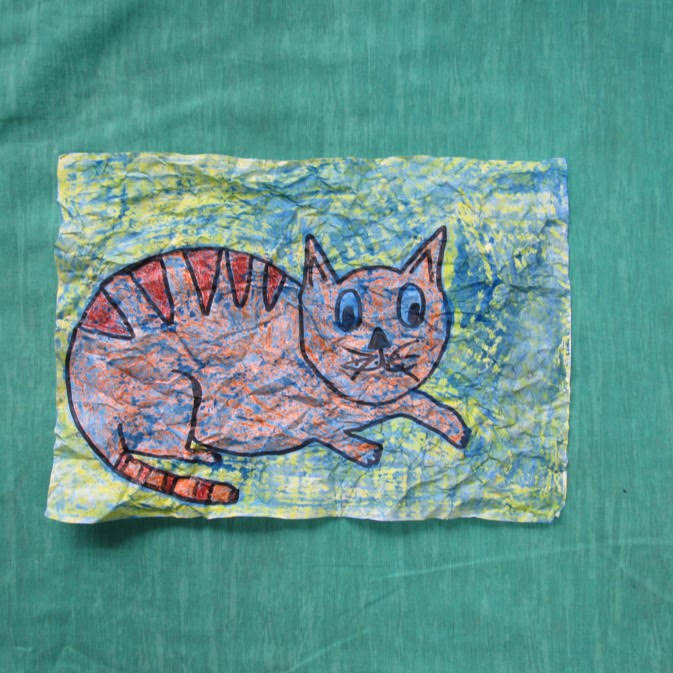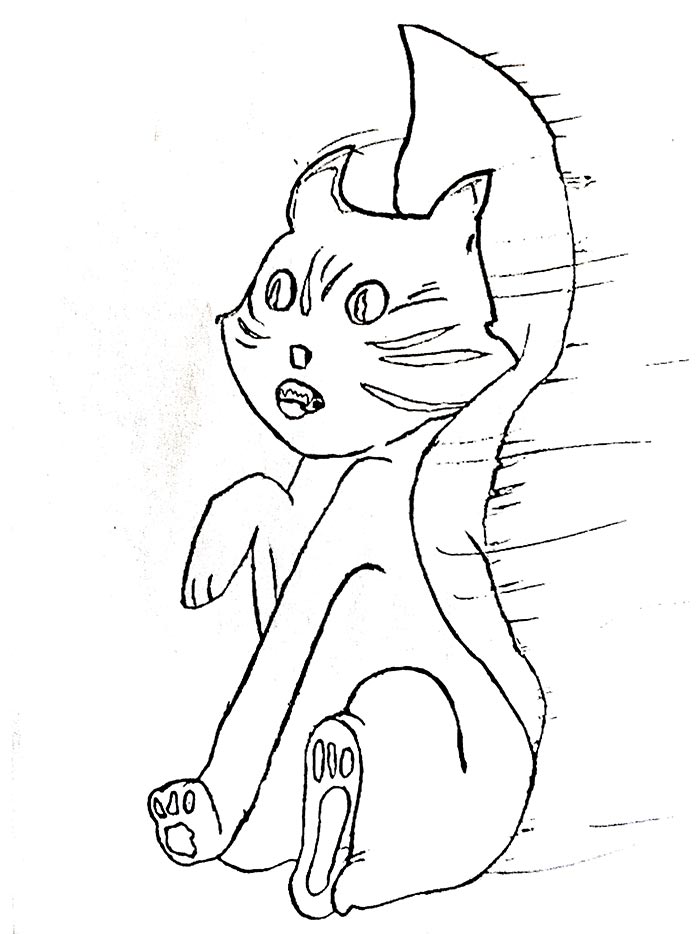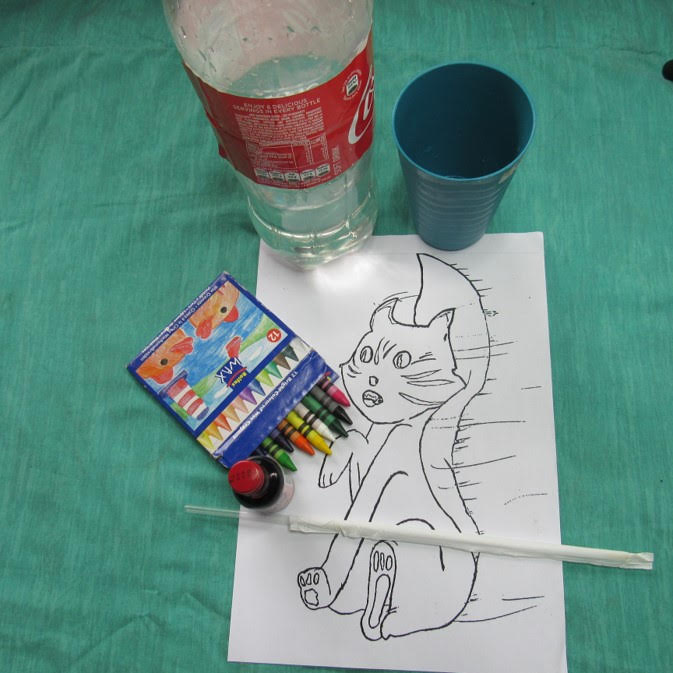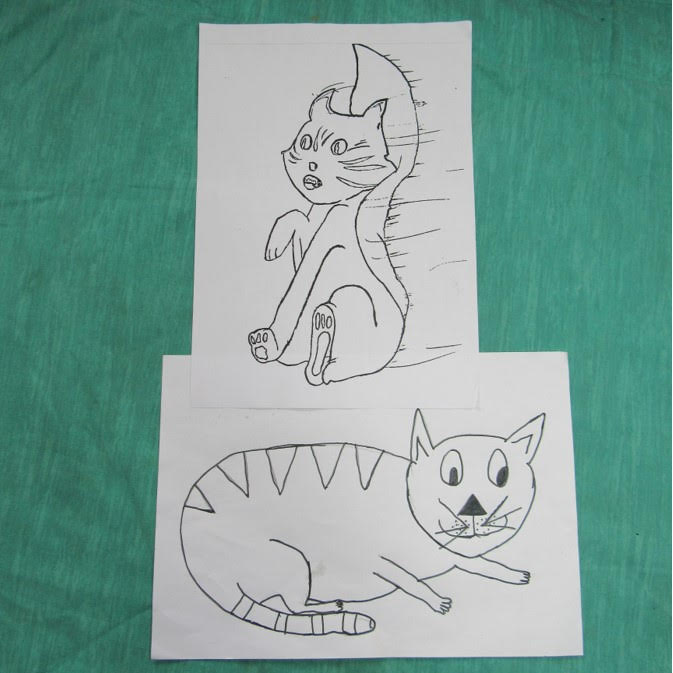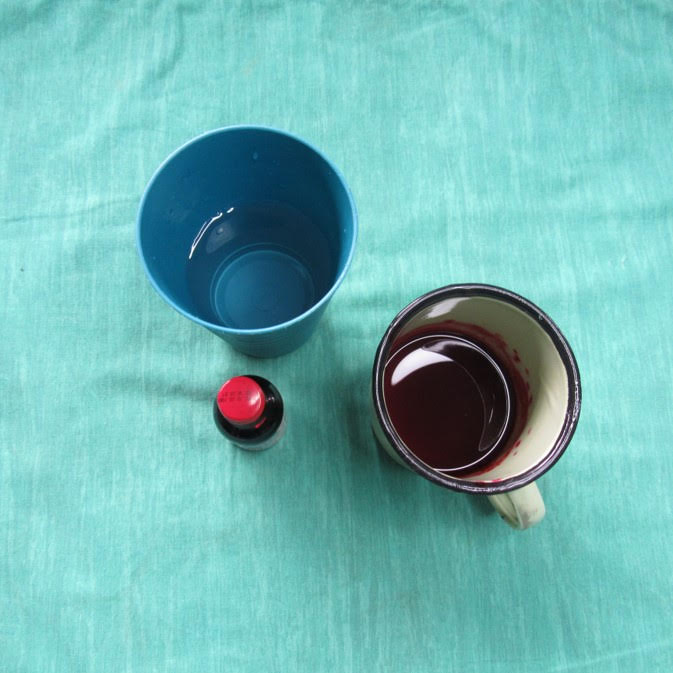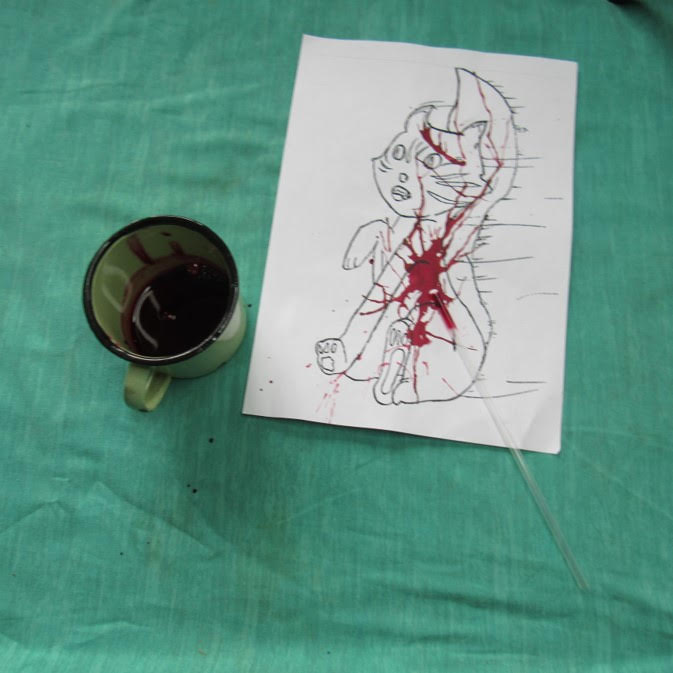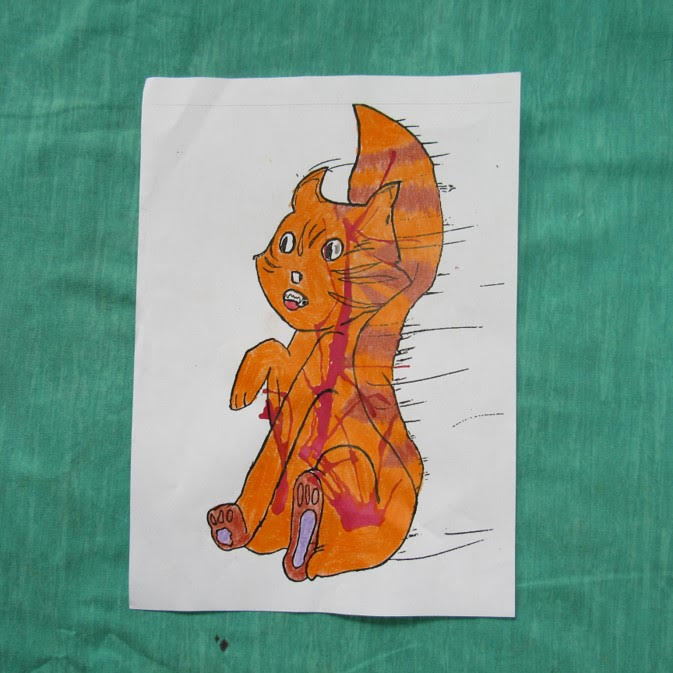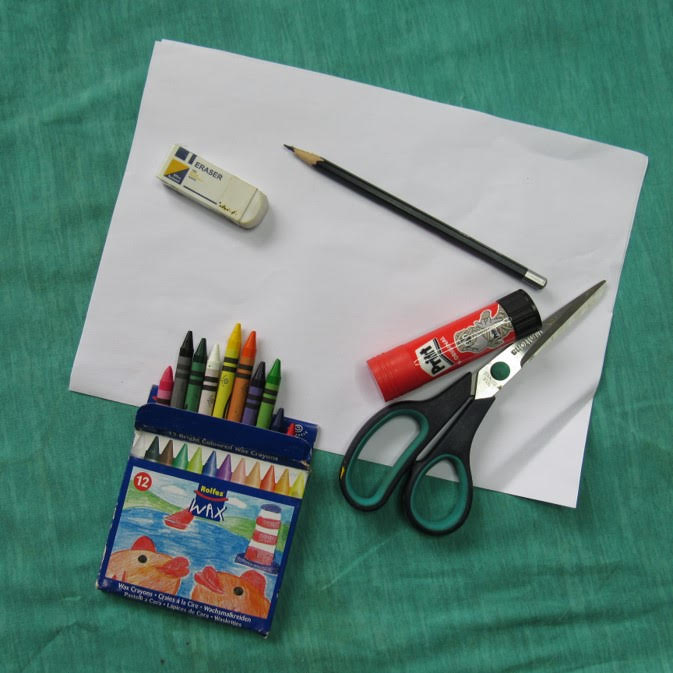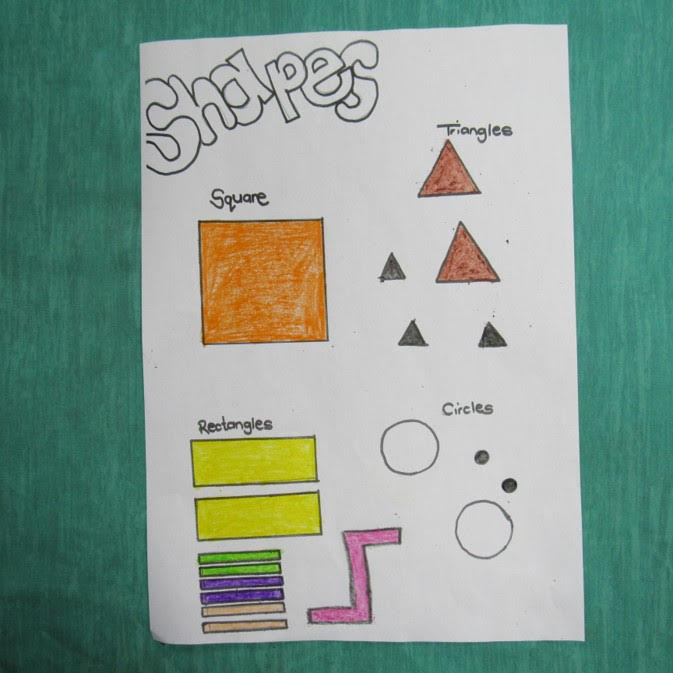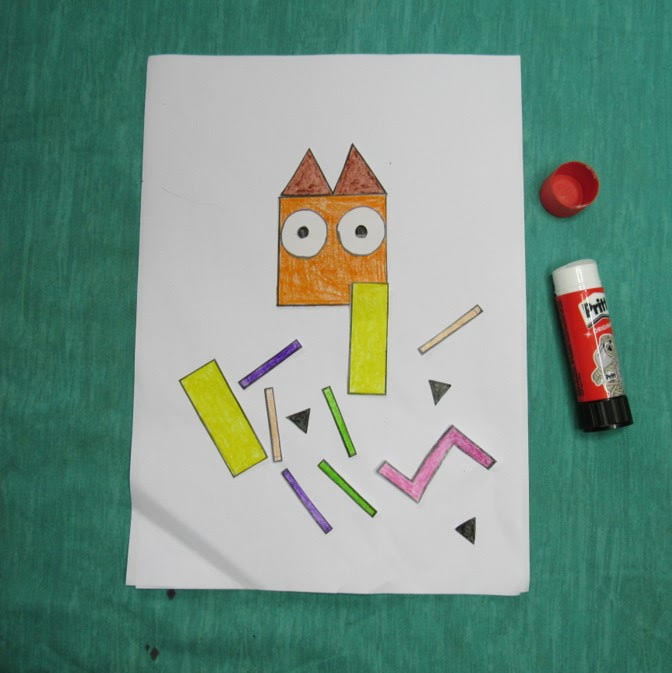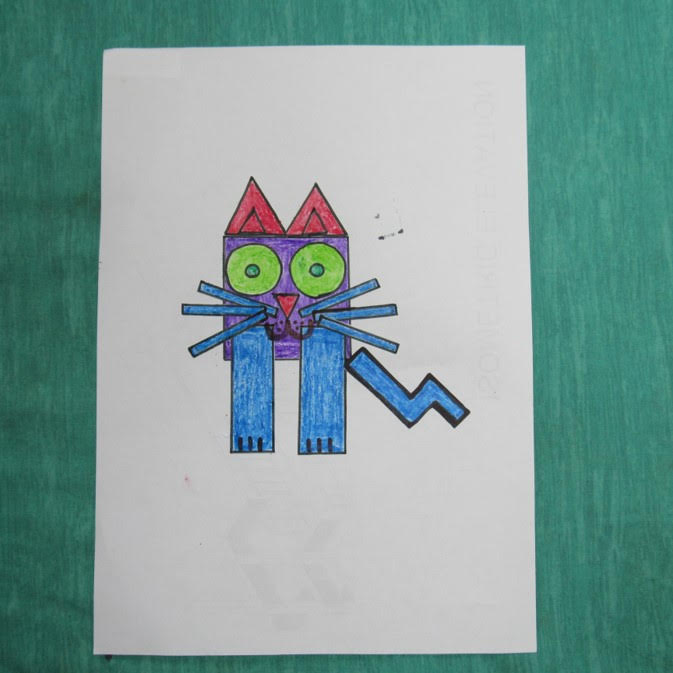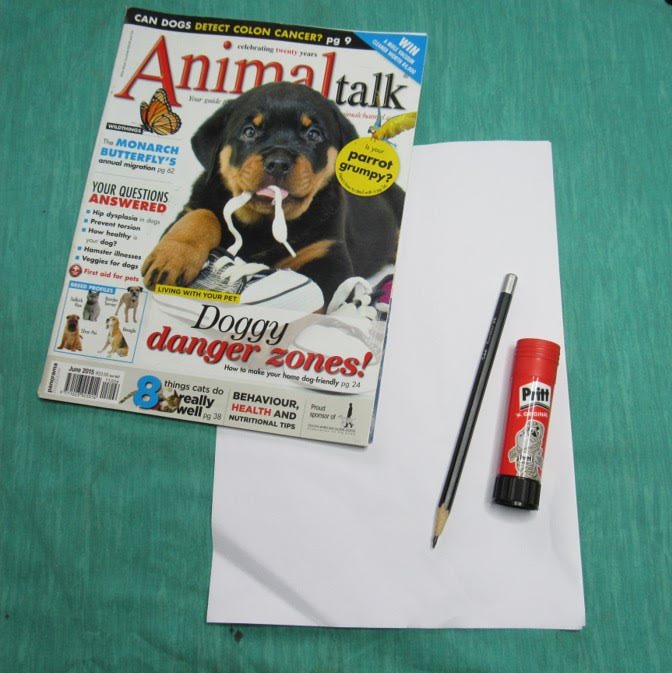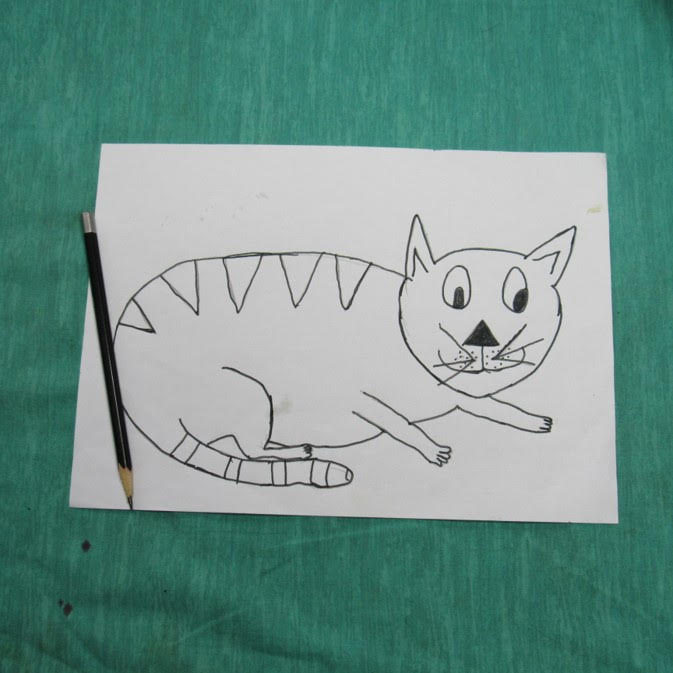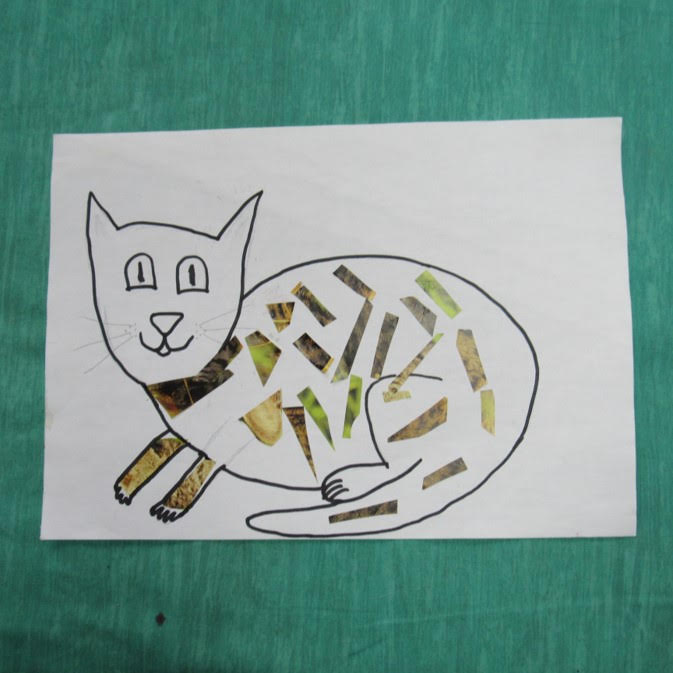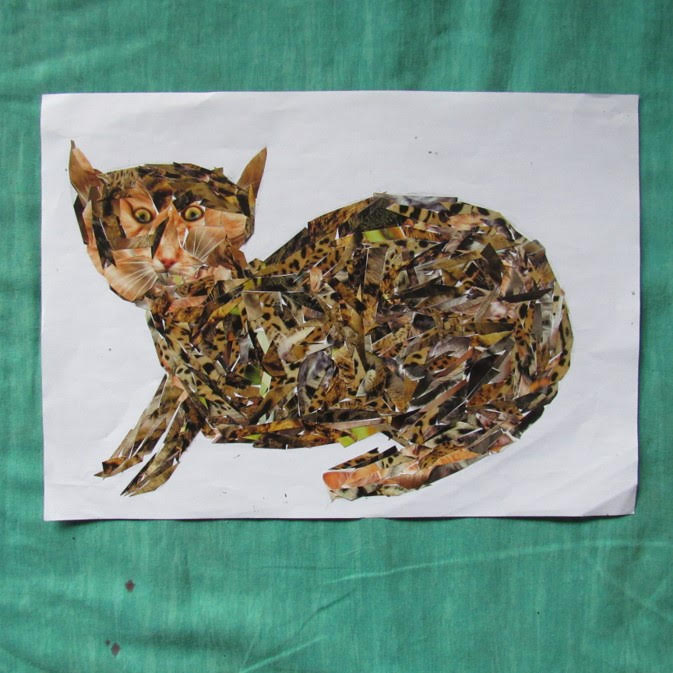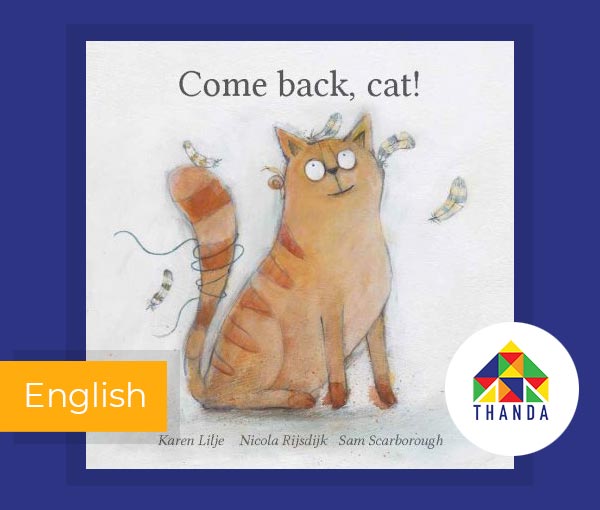
Critical Thinking
Ages 3 - 8 Years
Come Back Cat
by Nicola Rijsdijk (Writer), Sam Scarborough (Designer) & Karen Lilje (Illustrator)
A delightful tale about an independent cat! Although, this cat doesn’t seem very interested in listening to instructions… She seems much more interested in causing mischief and going on adventures. So why is she suddenly back in her bed sleeping happily? And where is that chicken?!

Empathy

Perspective
Age 3 – 8 Years
Let's get Creative
Explore 6 Fun Activities to do at Home
Step 1
You will need a copy of the “build a food chain” print out, crayons or pencil crayons, and a pair of scissors.
Discuss the story together:
- What colour is the cat? Where have you seen it before?
- What do cats eat? Are they herbivores, carnivores or omnivores?
- Is the cat good at listening?
- Do you ever struggle doing what you are told? Why or why not?
- What are some of the things that the cat does that it isn’t supposed to?
- What does the cat use its whiskers for?
- What do you think that the cat is thinking on the first page?
- Was this a naughty cat or curious cat (or a bit of both)? Give reasons/evidence for your argument.
- Which animals did the cat meet?
- How did the cat interact with the other animals that it meets on its way?
- What happened when the cat saw the chicken?
- Was the cat the chicken’s friend? Why or why not?
- How did the cat feel after meeting the chicken?
- Where did the cat spend most of its time?
- By the end of the story, the cat is shown with a big tummy and feathers floating around. What do you think happened to the chicken? Why do you think so?
- Where does the cat lie down at the end of the story?
- How does the cat feel at the end of the story?



